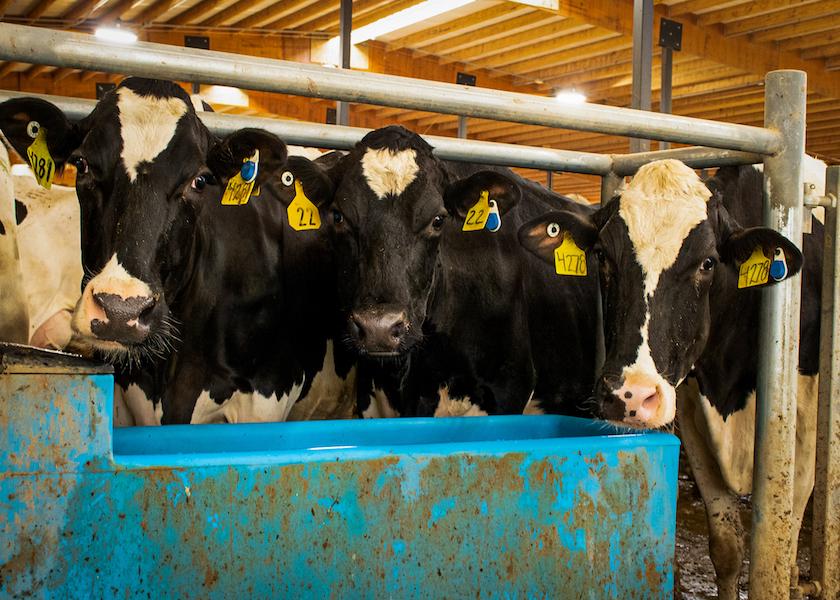Culling Rates Higher than a Year Ago

Culling cows appears to be one way dairy producers have been dealing with negative margins, which allows them to manage cash flows and pay bills, said Sarina Sharp, analyst with the Daily Dairy Report.
For the week ending January 28, dairy cow slaughter exceeded 68,000 head, one of the biggest cull numbers ever for late January and comparable to only 2021 and the mid-1980s, when the government offered herd buyouts. Late January slaughter rates were 7% higher than the comparable week in 2022. For the first four weeks of 2023, Sharp noted that nearly 273,000 dairy cows were slaughtered, the most in over 35 years.
January 2023’s dairy cow slaughter was 600 head more than in 2021, when the U.S. milk cow herd stood at 9.45 million head. That year, the herd was on its way to becoming the largest herd in 25 years at more than 9.5 million cows.
Culling this past January happened much faster than it did in 2021, Sharp said. In December, there were 9.4 million milk cows in the U.S. dairy herd, which was smaller than the ballooning herd of 2021, she noted. According to USDA’s latest Milk Production report, month-to-month milk cow numbers in January grew by 9,000 head to 9.405 million, which was 38,000 head larger than the previous year.
“The high slaughter rate means that the U.S. milk herd is unlikely to grow quickly in 2023,” Sharp said. “While milk production could increase modestly, the primary driver behind the growth will be increased milk yields.”
Mild winter weather in January, for the most part, has boosted milk production throughout the Upper Midwest. Dairy Market News recently reported that spot loads of milk were being sold for a $10 per hundredweight under the Class III price.
“A discount that large indicates that excess milk is readily available and processing plants are at capacity,” Sharp noted. “Domestic and international demand has been weaker since the end of 2022, and weaker demand is the culprit behind lower milk prices.”
Slowing milk production gains should help temper some of the downward pressure on dairy prices, according to Sharp, but even with January’s near record-high cull rates, the milk supply is still growing, while demand is only steady to lower.
“Price recovery for dairy producers could still be months away,” she concluded.
For more industry news, read:
- U.S. Files Second Case Against Canada Under the USMCA
- Texas Leads the Way in Year-Over-Year Cow Number Growth
- FDA Proposes New Guidance: Labeling the Nutritional Differences of Plant-Based Milk Alternatives







